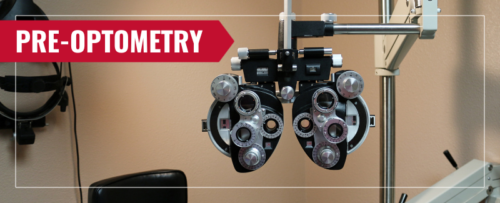
The Pre-Professional Advising Office is here to support UGA students and alumni interested in applying to optometry school. The Pre-Optometry Advisor can provide guidance at any stage of your pre-Optometry journey:
- Exploring your interest in becoming an optometrist
- Planning to apply to optometry school
- Actively in the process of applying to optometry school
- Determining which optometry school to attend
The Pre-Optometry Advisor meets with you one-on-one to discuss your specific situation. The Pre-Professional Advising Office has developed programming to assist you as well. These events occur throughout the fall and spring semesters each school. Pre-Optometry Advising is available year-round.
We recommend that any interested undergraduate student connects with our office as early as possible. Freshmen are encouraged to meet with the Pre-Optometry Advisor in the spring semester of their first year.
The links below provide basic information for students interested in attending optometry school. Please see the sidebar for additional links that contain more in-depth information about applicant credentials, required coursework, the OAT, and the process for applying to optometry school.
You can express interest in pre-optometry by doing the following:
Schedule an appointment with a Pre-Optometry Advisor Pre-Health Event Calendar Pre-Optometry Events Listserv
Resources for Pre-Optometry Students
- Pre-Optometry Quick Facts
- Optometry School Selection Worksheet
- OptomCAS Experience Section Excel Worksheet
- Join the Pre-Optometry Club
- Join the Pre-Health Listserv
- ASCO (Association of Schools and Colleges of Optometry)
- American Optometric Association
- OptometryStudents.com
- Texas Optometric Association
- Georgia Optometric Association
- Pre-Health Matrix
- UGA Pre-Professional Planner
Helpful PowerPoints for Pre-Optometry Students
